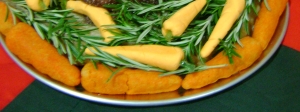![Portrait of 12 yr old Marie Antoinette by Martin van Meytens c. 1767-1768 [Public domain], via Wikimedia Commons](https://turnspitandtable.files.wordpress.com/2014/10/marie_antoinette_young2.jpg?w=800&resize=700%2C886)
Portrait of 12 yr old Marie Antoinette by Martin van Meytens c. 1767-1768 [Public domain], via Wikimedia Commons
This week (the 16th of October) marks the 221st anniversary of Marie Antoinette’s execution at the hands of the revolutionaries. Although she probably never said it, she is arguably most famous for the phrase “Let them eat cake!” so in honour of Madame Deficit this Historical Food Fortnightly challenge is dedicated to cakes of all types.
Of course, just to confuse everyone, the cakes that I made for this challenge would now be considered biscuits. They come from a recipe book called The Closet of the Eminently Learned Sir Kenelme Digbie Knight Opened. A courtier, diplomat and intellectual who dabbled in privateering, Digby was also a keen collector of recipes (particularly alcoholic beverages. Who needs 100 different ways to make metheglin?). Many of his recipes reflect his travels across Europe and his noble, even royal, connections. The recipes were compiled and published posthumously in 1669, giving the public a glimpse into the life of the nobility. The word closet in the title refers to a small, private study and by opening Sir Kenelm Digby’s closet for public consumption the compiler (possibly Digby’s steward Hartman) was offering exclusive access to his life.
![Portrait of Sir K. Digby from the Wellcome Library London. Line engraving by R.V. Verst after Anthony Van Dyke. [CC-BY-4.0 (http://creativecommons.org/licenses/by/4.0)], via Wikimedia Commons](https://turnspitandtable.files.wordpress.com/2014/10/portrait_of_sir_k-_digby_wellcome_l0006443.jpg?w=775&resize=700%2C925)
Portrait of Sir K. Digby
from the Wellcome Library London. Line engraving by R.V. Verst after Anthony Van Dyke. [CC-BY-4.0], via Wikimedia Commons
The Recipe
Take three pound of very fine flower well dryed by the fire, and put to it a pound and half of loaf Sugar sifted in a very fine sieve and dryed; Three pounds of Currants well washed and dryed in a cloth and set by the fire; When your flower is well mixed with the Sugar and Currants, you must put in it a pound and half of unmelted butter, ten spoonfuls of Cream, with the yolks of three new-laid Eggs beat with it, one Nutmeg; and if you please, three spoonfuls of Sack. When you have wrought your paste well, you must put it in a cloth, and set it in a dish before the fire, till it be through warm. Then make them up in little Cakes, and prick them full of holes; you must bake them in a quick oven unclosed. Afterwards ice them over with Sugar. The Cakes should be about the bigness of a hand-breadth and thin: of the cise of the Sugar Cakes sold at Barnet.[1]
Digby’s recipe raises several interesting conundrums for anyone trying to recreate his recipe. First up, drying the flour in front of the fire. This is a very popular recipe amongst re-enactors but some people have said that they found them too dry and/or too dense. One of the interesting consequences of this has been discussion of the very first instruction in Digby’s recipe “Take three pound of very fine flower well dryed by the fire”[2]. Stone ground flour contains the germ of the wheat and even bolting or sifting cannot remove all of the wheat germ. The germ is oily and leaves the flour with a higher moisture content and a shorter shelf life than modern roller milled flour.[3] Whilst I think that drying the flour before the fire was more likely a way of reducing the moisture content, it’s certainly true that a low protein flour (like cake or pastry flour) is both a) closer to the soft flours grown in the 17th century and b) makes lighter biscuits. I used Lighthouse Cake Flour which is low in protein and, in Australia, available in the supermarket.
The next question is which type of currants Digby was using. I had never really thought about this question before, simply assuming that the dried currants I bought in the supermarket were dried black-currants. In fact, I couldn’t be more wrong. To read about the difference between Ribes and Zante currants I recommend reading this article by the guys over at Savoring the Past (an amazing blog on recreating 18th century food). Essentially the difference is that Ribes currants are blackcurrants (sometimes dried) while Zante currants are a type of dried grape which, at the time, was imported from the Greek islands of Zante and Cephalonia[4].
![Ribes currants. By Petr Kratochvil [Public domain], via Wikimedia Commons](https://turnspitandtable.files.wordpress.com/2014/10/blackcurrant_by_petr_kratochvil.jpg?w=682&resize=682%2C1024)
Ribes currants. By Petr Kratochvil [Public domain], via Wikimedia Commons
Although I think it is entirely possible that Digby was using Ribes currants, I think that it is more likely he was using Zante currants. He uses both types in his recipes, although distinguishing which is meant is quite difficult. Where he specifies red or black currants I think we can be sure that these are Ribes currants. Similarly, when he adds both currants and ‘raisins of the sun’ it seems more likely that they are both dried fruit. In the other cases, it is a matter of analysing the ingredients and methods to find the most likely. In this case, the fact that we need to mix unmelted butter into the dry ingredients suggests that the butter is rubbed in, a process that would burst fresh currants and turn the mixture an unsightly grey colour. This means that it must be dried currants, but which type?
Although Ribes currants would have been local and available, imported Zante currants were extremely popular. At the end of the 16th century they were the most profitable product that the Levant Company was importing and some 2300 tons were being brought in annually.[5] Demand was so great that the Venetian traders increased the taxes exponentially, leading to an English ban on imports between 1642 and 1644.[6] Clearly Zante currants were readily available, and also had a sort of luxury cachet, but I think for me the piece of evidence that makes it most likely that Digby used Zante currants is the instruction “Three pounds of currants well washed and dryed in a cloth”[7]. It seems to fit exactly with the process described in the article mentioned above, which explains that currants were dried in the sun, pressed into barrels with oiled feet and subjected to lots of other indignities which necessitated a good wash before use. I suppose it would depend on the individual case but if you were using local, home dried currants there seems to be less reason to specify washing and drying, it would instead be a matter of common sense. Based on all of that, I used dried Zante currants in the recipe.
The final challenge: how big was a sugar cake sold at Barnet? Presumably this refers to the market at Chipping Barnet (now part of greater London but formerly in Hertfordshire) which was established in 1588. However, I am not aware of any sources which describe the sugar cakes from the fair so we are left with the other instructions: a hands-breadth across and thin. I rolled out the dough thinly and used a cookie cutter about the same size as my palm.
The Redaction
Excellent Small Cakes
I have reduced this recipe to a third of its original size but it still make a lot of biscuits. They are so delicious that the quantity shouldn’t be a problem, but you can always halve it again if you are worried, just use the whole egg and reduce the other liquids.
450g flour (low-protein or cake flour if you can get it)
226g sugar
450g currants
226g butter, cold
3 tbsp cream
1 egg, lightly beaten
1/3 of a nutmeg, grated
1 tbsp sherry or sweet wine
- Preheat oven to 180˚C. Mix together the flour, sugar and currants. Cut the butter into 1cm cubes and rub them into the dry ingredients until it resembles breadcrumbs.
- Stir in the egg, cream, nutmeg and sherry. Add a little more cream if necessary to form a smooth dough.
- Roll out on a floured board until 3/4cm thick and cut circles from the dough using a cookie cutter or the rim of a glass.
- Bake on baking trays lined with baking paper for 25 mins or until golden brown.
The Recipe: Excellent Small Cakes from The Closet of the Eminently Learned Sir Kenelm Digby Knight Opened (available here)
The Date: 1669
How did you make it?
Time to complete?: About an hour and a half.
Total cost: About $8, of which half was spent on currants and a quarter on the cake flour. I already had sherry and cream.
How successful was it?: Very successful, I was worried that they would be too dense because I had read on other blogs that they were hard and inedible, hence the low protein cake flour. However, I found that they were delicious and not too heavy at all. This is possibly due to keeping the original proportions whereas many of the other versions I have seen changed them quite a bit.
How accurate?: I used modern versions of all the ingredients and modern cooking techniques, but I did keep the original proportions of ingredients. It’s hard to tell what the original cakes would have looked like, so that’s a bit ambiguous.
[1] The Closet of the Eminently Learned Sir Kenelme Digbie Kt. Opened (London: Printed by E.C. for H. Brome, at the Star in Little Britain., 1669), 221.
[2] Ibid.
[3] Alan Scott and Daniel Wing, The Bread Builders: Hearth Loaves and Masonry Ovens (Chelsea Green Publishing, 1999), 29–31.
[4] Kevin Carter, “Currant Challenges,” Savoring the Past, July 21, 2014, http://savoringthepast.net/2014/07/21/currant-challenges/.
[5] Alfred C. Wood, A History of the Levant Company, New edition edition (Abingdon: Routledge, 1964), 24.
[6] Ibid., 69.
[7] The Closet of the Eminently Learned Sir Kenelme Digbie Kt. Opened, 221.
Bibliography
Carter, Kevin. “Currant Challenges.” Savoring the Past, July 21, 2014. http://savoringthepast.net/2014/07/21/currant-challenges/
Scott, Alan, and Daniel Wing. The Bread Builders: Hearth Loaves and Masonry Ovens. Chelsea Green Publishing, 1999.
The Closet of the Eminently Learned Sir Kenelme Digbie Kt. Opened. London: Printed by E.C. for H. Brome, at the Star in Little Britain., 1669.
Wood, Alfred C. A History of the Levant Company. New edition edition. Abingdon: Routledge, 1964.
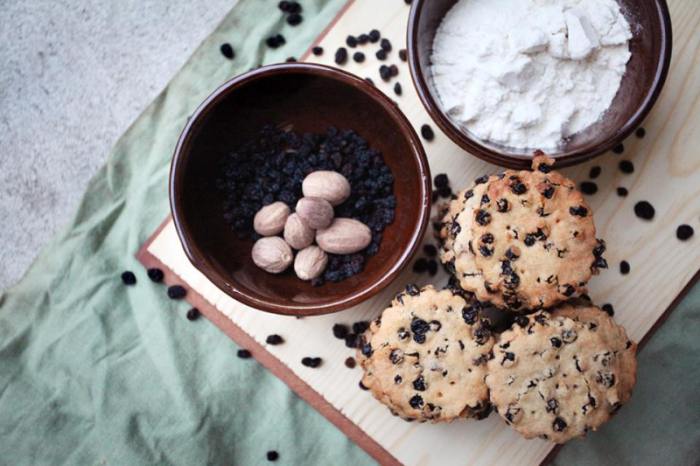






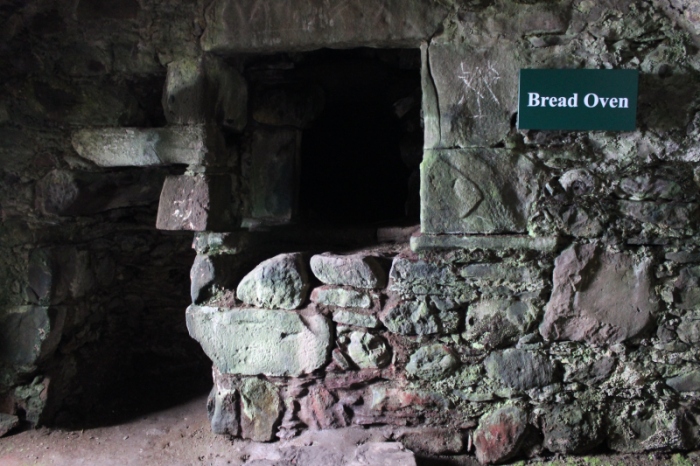
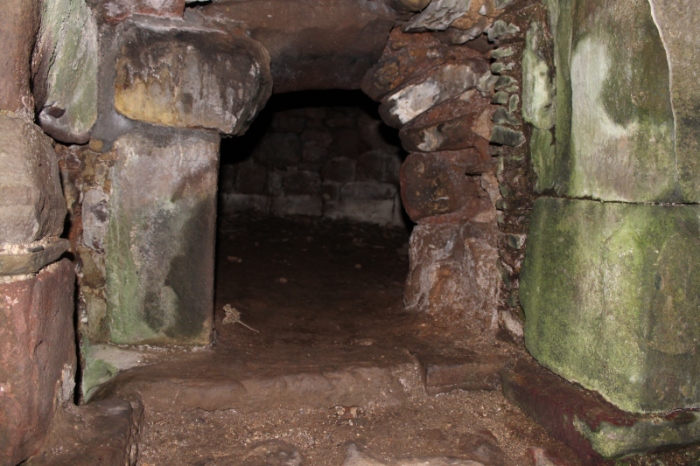

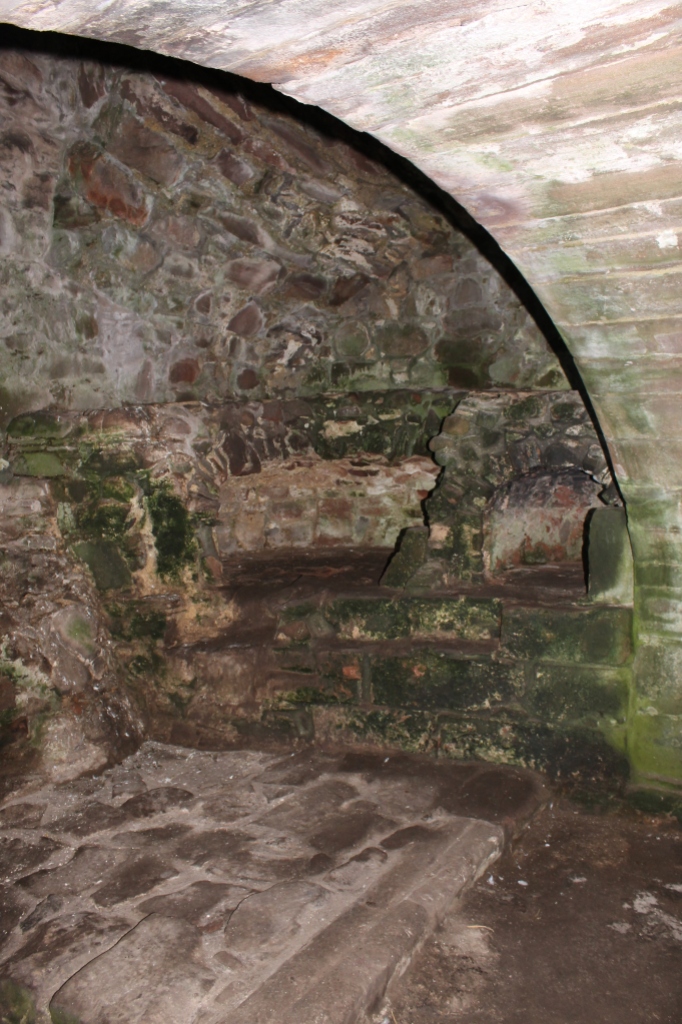



![Georg Flegel, Still-life with Parrot, c. 1630. Georg Flegel [Public domain], via Wikimedia Commons. The round box at the front of the painting contains a dark fruit paste.](https://turnspitandtable.files.wordpress.com/2014/07/flegel_georg_-_still-life_with_parrot-c-1630.jpg?w=800&resize=700%2C788)
![Osias Beert, Dishes with Oysters, Fruit and Wine c. 1620-25. Georg Flegel [Public domain], via NGA. This painting shows a lighter fruit paste in the round box to the right of the image. It could be a different fruit like apricot, apple or pear or maybe a combination.](http://turnspitandtable.files.wordpress.com/2014/07/osias-beert-dishes-with-oysters-fruit-and-wine-c-1620-25.jpg?w=800&resize=700%2C504)
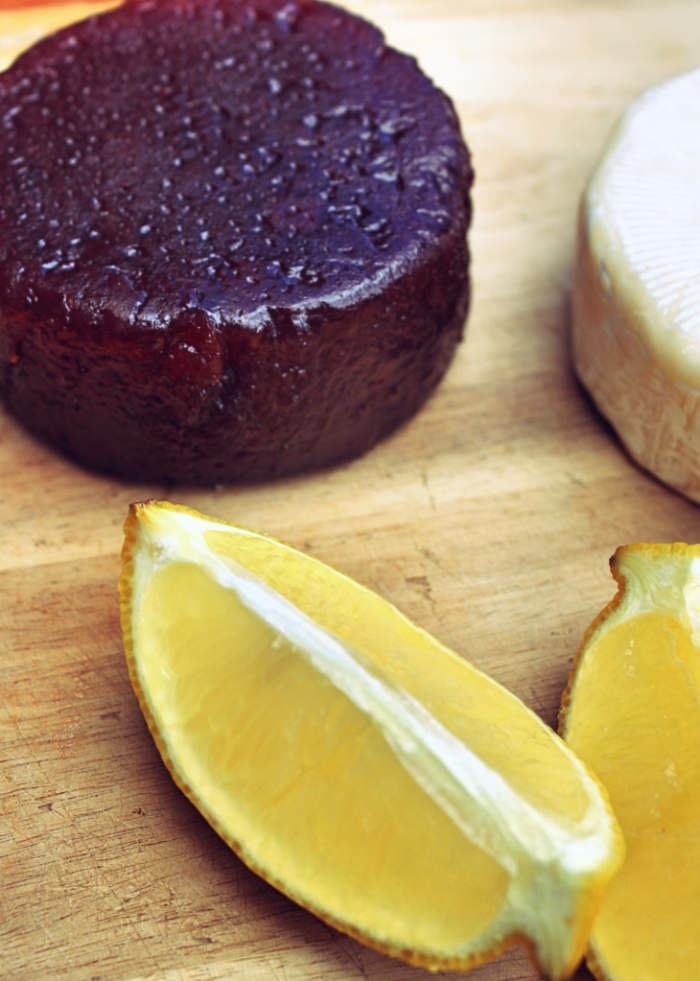


![Henry IV. Anonymous [Public domain], via Wikimedia Commons](http://turnspitandtable.files.wordpress.com/2014/06/henry_iv_of_navarre.jpg?resize=353%2C600)
![Gabrielle d'Estrées, Mistress of Henry IV of France. By Benjamin Foulon or Maître IDC, 1594-1596 [Public domain], via Wikimedia Commons](https://turnspitandtable.files.wordpress.com/2014/06/gabrielledestreesfoulon1594.jpg?w=209&resize=209%2C300)
![Pieter Claesz, Still LIfe with Salt Tub, c. 1644. Pieter Claesz (1597/1598-1660) [Public domain], via Wikimedia Commons](https://turnspitandtable.files.wordpress.com/2014/06/pieter_claesz-_008.jpg?w=800&resize=700%2C835)
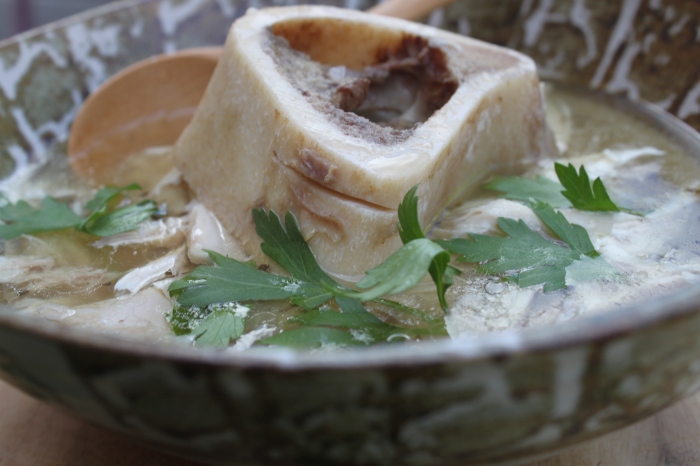
![See the swan pie on the table to the left? That's a subtletie. David Teniers the Younger [Public domain], via Wikimedia Commons](https://turnspitandtable.files.wordpress.com/2014/06/1024px-david_teniers_the_younger-kitchen_scene.jpg?w=800&resize=700%2C503)
![Detail from Leandro Bassano's Allegory of the Element Earth, c.1580. The marchpane in the centre of the table looks like it has been decorated with ragged comfits, small seeds coated in layers of sugar and used to aid digestion after dinner. Leandro Bassano [Public domain or Public domain], via Wikimedia Commons](https://turnspitandtable.files.wordpress.com/2014/06/detail-from-leandro-bassanos-allegory-of-the-element-earth.jpg?resize=700%2C433)
